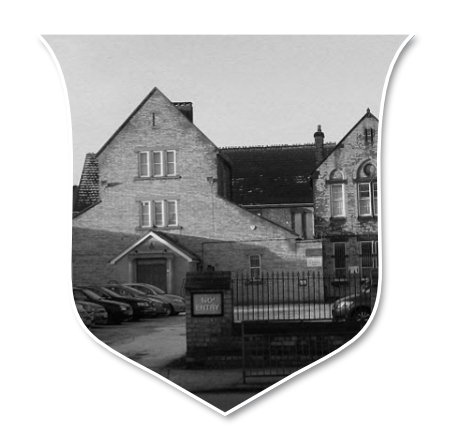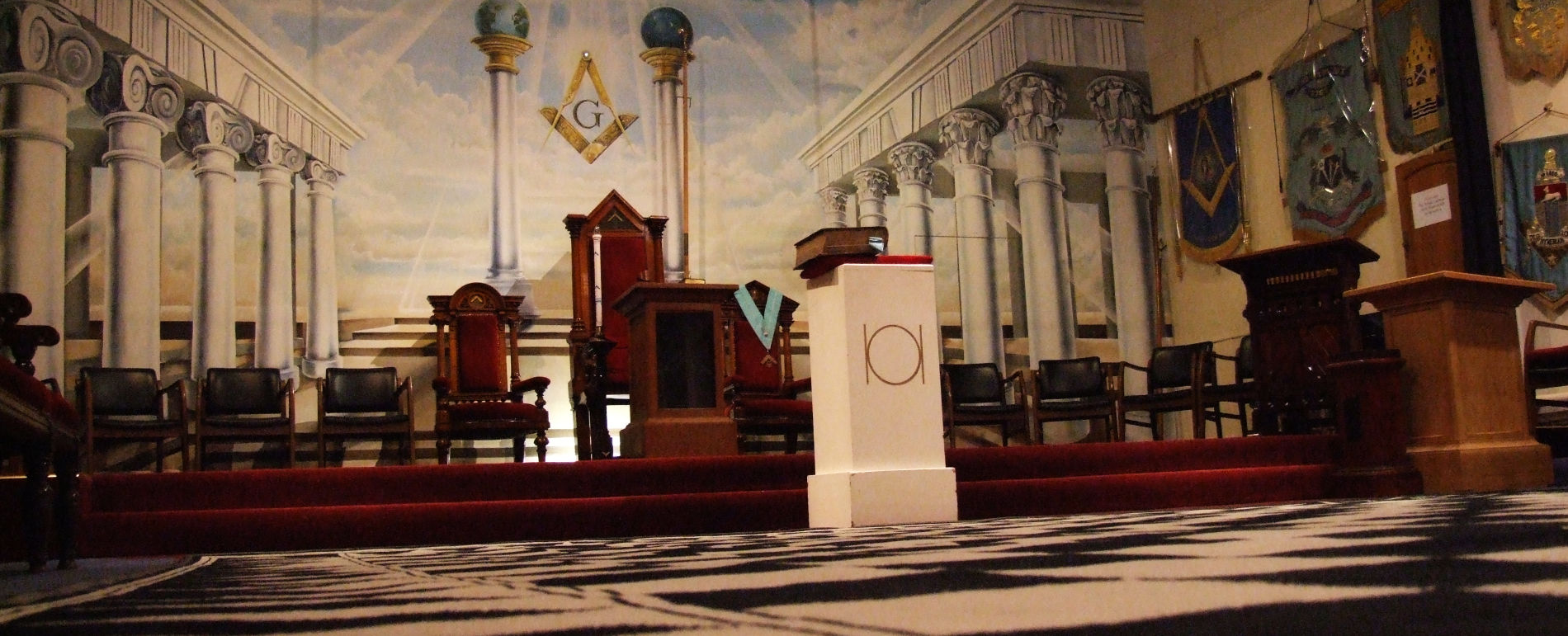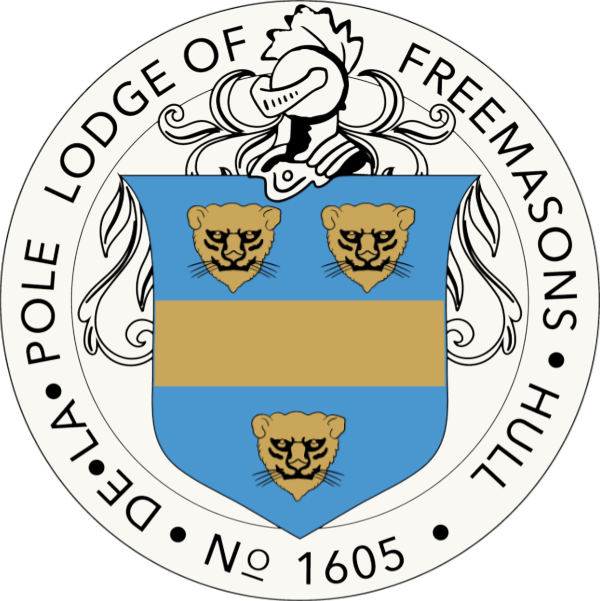

The brief Historical Notes which appear in later pages, have been extracted from a complete history of the Lodge compiled by Bro. R. A. Brewer, M.B.E., Prov. G. Stwd. to whom we are greatly indebted for the care and devotion he has· exhibited in this time consuming task. The original intention was to produce the history in full but printing and production costs caused this idea to be abandoned, and it has been decided to preserve the original in typewritten form and place it in safe keeping together with other important documents in the annals of the Lodge.
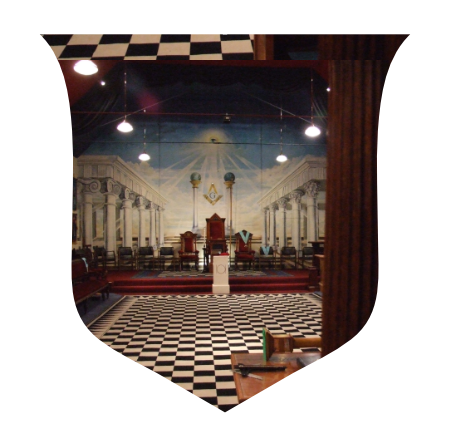
It cannot be claimed that the Lodge has had a perfectly smooth passage, but taking the rough with the smooth, it cannot be denied that the worst hundred years has seen steady progress and that the Lodge is held in high esteem not only by its members, but by the sister Lodges.
It has not been found possible within the bounds of this slim booklet to pay tribute to the many past and present Brethren who have contributed to the good and welfare of the Lodge, but it has to be acknowledged that without their care and devotion these Centenary Celebrations would not be taking place.
We, the members of the De la Pole Lodge are proud and grateful to them for the solid foundation on which the Lodge now stands.
Nor has there been space to refer to the Lodge Banners of which there have been three. The First was made in 1881 and was largely the gift of two Past Masters, W. Bro. Henry Preston who was partly responsible for’ the founding of the Lodge, and the then Master, W. Bro. William GiIlett. The second was presented to the Lodge by Bro. John Devine in 1905 and remained in use until the new Banner was made to celebrate the Centenary. This was designed by W. Bro. Arthur Lazenby, P.P.G.Supt.Wks. and was Dedicated by Bro. the Revd. Herbert A.Hall, P.P.G.Chaplain on the 10th September, 1976.
In this important year the Lodge is in good heart and there is every prospect that the future will prove to be as illustrious as the past.
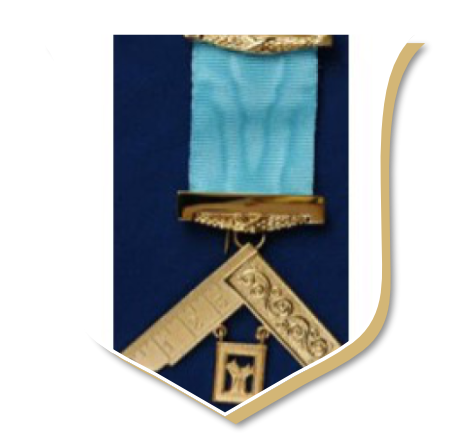
The De la Pole Lodge was granted its Warrant on February 25th, 1876 following a Petition of Application by members of the Humber Lodge under the leadership of W. Bro. Henry Preston, and supported by members of the Minerva and Kingston Lodges.
W. Bro. Preston was so keen on the formation of the new Lodge that he purchased a large house in Charlotte Street and had it altered to suit Masonic purposes, and it was in these premises that the Lodge was Constituted and Consecrated on October 4th, 18.76. Immediately following this ceremony, Bro. Richard Boggett, who at the time the Petition was presented was the Senior Warden ofthe Humber Lodge, was installed as Worshipful Master.
The First ordinary meeting was held on October 13th, and it is interesting to note that a number of gifts were reported including “a coloured likeness of His Royal Highness the Prince of Wales in the costume of Grand Master of England”, a rough ashlar, jewels of office and a Hebrew Testament.
It is apparent from the available records that Lodge policy was to build up strength quickly. At this first meeting three joining members and two initiates were balloted for and accepted, and so rapidly were Candidates proposed that it frequently became, necessary to hold two different degree ceremonies on the same night and to hold Lodges of Emergency. For example, at the fourth regular meeting, the Firrst Candidate was raised to the Degree of Master Mason, and this was followed by a Ceremony of Initiation.
The meeting was then adjourned for seven days when two initiates were advanced to the Degree of Fellow Craft. It appears that Emergency Meetings were the rule rather than the exception. Indeed such was the enthusiasm and energy of the Lodge that in July 1880 the Grand Lodge instruction that a Fellow Craft could not be passed within 28 days without re-obligation was contravened and Grand Lodge authority descended on the, Lodge with a reprimand and the heavy fine of two guineas. Ironically the member concerned had also been raised to Master Mason so that he was re-obligated in two degrees!
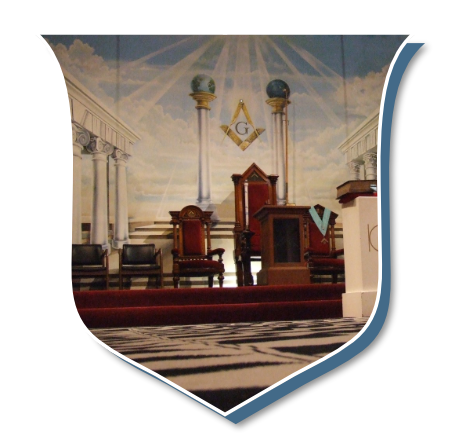
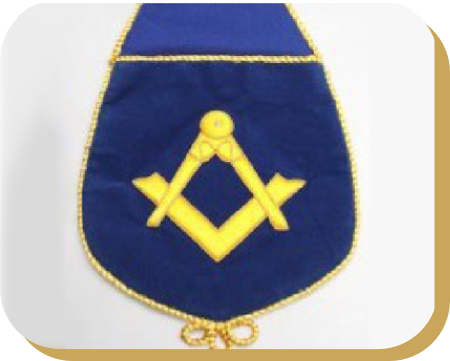
The formation of a daughter Lodge was discussed in 1885 and it is interesting to note that in the view of the sponsors it should be a Temperance Lodge, but the reasons for this view are not recorded. The proposition was formally put to the Lodge in October 1885 by W. Bro. William Gillett, and in due course The Wilberforce Lodge was duly constituted, but no doubt the members of that Lodge are happy in the knowledge that the description “Temperance” no longer applies. By 1885, the Lodge had grown to such an extent that the Charlotte Street premises were considered to be inadequate, and following discussions with the Kingston Lodge, it was decided to join with them in renting The Protestant Hall, Kingston Square. The Frst meeting was held on September 14th of that year and it is recorded that although the premises had not then been consecrated, the Right Worshipful Provincial Grand Master, the Right Honourable The Earl of Zetland granted a special dispensation for the holding of this meeting. The premises were in fact consecrated on October 3rd.
In 1904 it was learned that the owner of the Kingston Square property was negotiating the sale of the building. As a result, W. Bro. E. Ryley proposed that the Board of Past Masters be authorised to purchase a building at a cost not exceeding £1,400, and to this the Lodge agreed. Subsequently a former Methodist Chapel in Osborne Street was obtained and the move from Kingston Square was made in time for the Consecration to take place on April 4th, 1905. It is worthy of note to mention that the Kingston Lodge agreed to move to Osborn Street as tenants. Lack of space precludes a full description of the’ new premises, but older members who remember the building, describe the Temple and the other facilities as being richly decorated and tastefully furnished.
The Lord Bolton Lodge became tenants in 1908 and The Wilberforce Lodge as tenants in 1915. Thus began the association of the four Lodges in one building which continues today although in somewhat different circumstances. The one important event during the 1914-18 war was that Provincial Grand Lodge was held in Hull under the Banner of the’ De la Pole Lodge on July 27th, 1916.
The De la Pole Lodge has always had a close affinity with seafarers and during the First Great War no less than seven members were lost at sea.
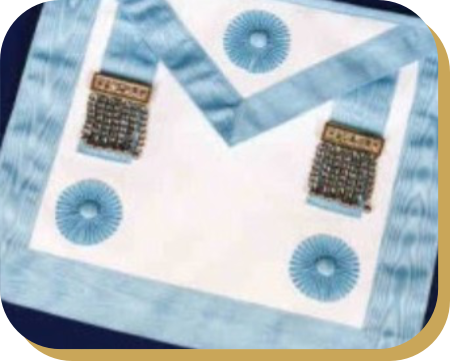
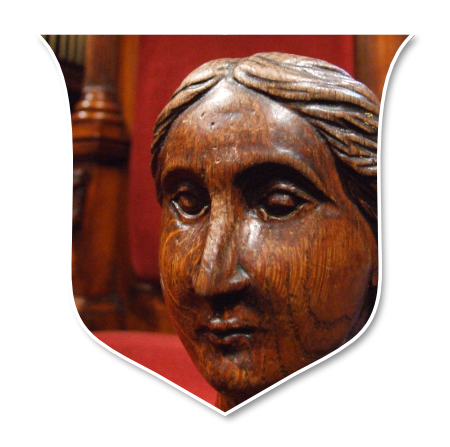
In August 1918, The Worshipful Master, Wardens and Brethren signed a petition to Grand Lodge to enable them to constitute the Thesaurus Lodge. The petition was duly granted and the second daughter Lodge was consecrated on March 20th, 1919.
By this time’ membership of the Lodge totalled over 150, and a decision was taken that in future the number of initiates should be restricted to five a year, a decision which was in keeping with the wishes of Grand Lodge.
The year 1927 saw an extension of the premises in Osborne Street which included new kitchens, a larger dining room and a room set aside, for Stewards. These alterations were largely financed by a bank loan, but by -September 1938 this loan was fully repaid.
With the advent of World War 11 in 1939, Grand Lodge suspended all meetings and no meeting was held in September, but a dispensation was obtained to hold further meetings and in fact the Installation Meeting took place as usual in October.
An indication of the circumstances which prevailed in Hull in 1940 was a notice which first appeared on the Summons for August that in the event of an air raid warning ample shelter would be found in the nearby Art Gallery. At this time meetings were held earlier in the evening.
It was in the early hours of 9th May, 1941 that disaster overtook the Lodge, for during the night the city was subjected to a heavy air raid, and the premises in Osborne Street were almost totally destroyed, indeed so severe was the damage that what was left of the building had to be razed to the ground. The Lodge is indebted to the late W. Bro. Ashford Dunn and the late W. Bro. Percy Willoughby for organising a salvage party to search the ruins. The larger furniture could not be saved, but Warrants, Honours Boards, Tracing Boards and Banners, together with some smaller items of furniture were recovered.
From then on the Lodge met in the Masonic Hall, Dagger Lane, at the invitation of the Minerva Lodge and there it stayed until in July 1946, a limited company was formed in conjunction with the Kingston, Wilberforce and Lord Bolton Lodges, and the present premises in Beverley Road were purchased.
In these brief notes, space does not permit a full chronicle of the many acts of generosity which the Lodge has received from individual brethren nor of the long and devoted service which many members rendered over the years, but two such brethren must be referred to, as within living memory they were strong and stalwart supporters. The first, the late W. Bro. Ashford Dunn, was instrumental in guiding the Lodge’s future following the disaster of 1941. The honour of Past Grand Standard Bearer was conferred upon him by Grand Lodge in 1939, the first time in the history of the Lodge that a member was so honoured. The second, the late W. Bro. John Ashton Wade, received the honour of Past Assistant Grand Director of Ceremonies in 1949. W. Bro. Wade will long be remembered for the outstanding quality of his duties as Provincial Grand Director of Ceremonies for a number of years.
We trust that our Founders, if looking down upon us at this moment, will approve of what they see, and that the sound foundation which they constructed and which has been so successfully built upon by other generations will prove to be an inspiration to all present and future members of this Lodge.
